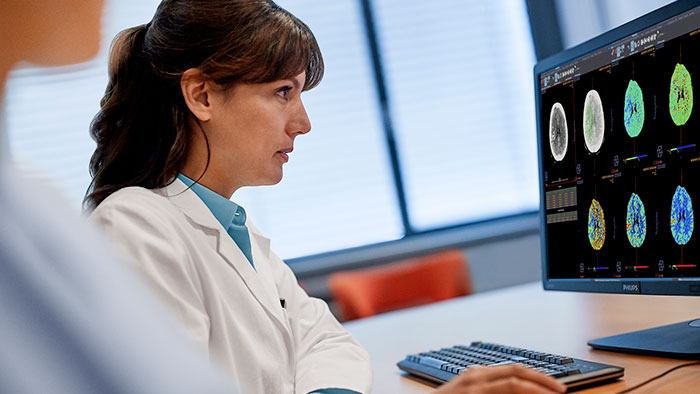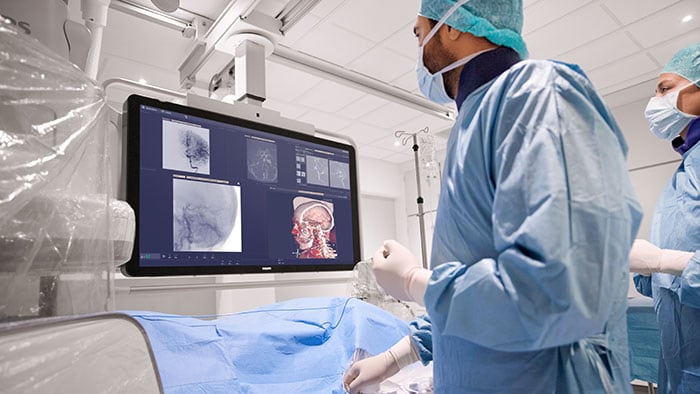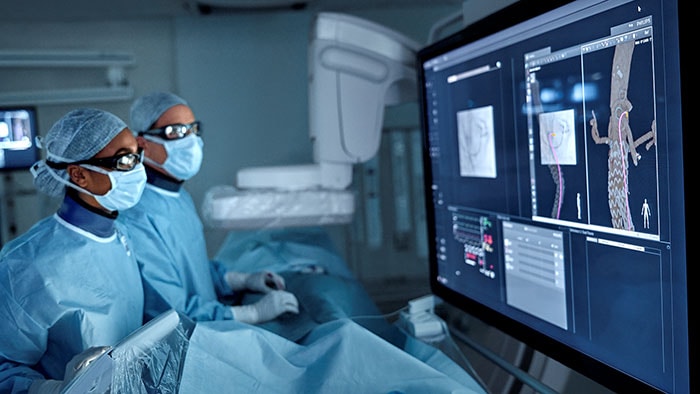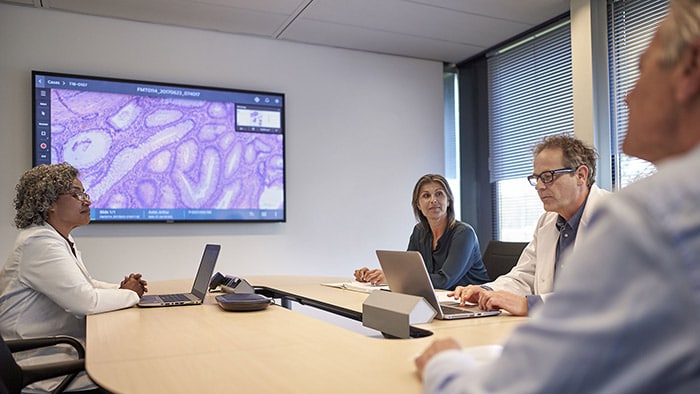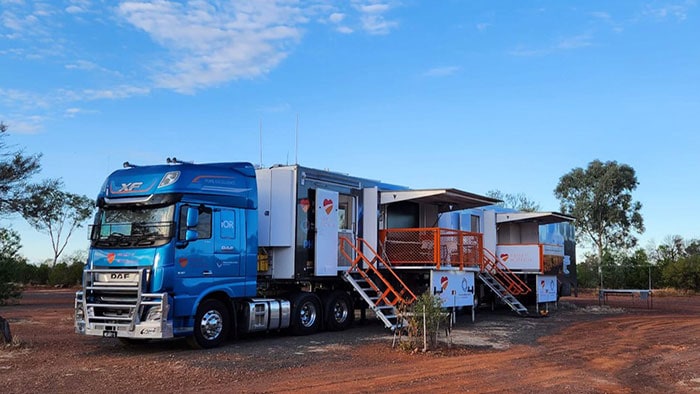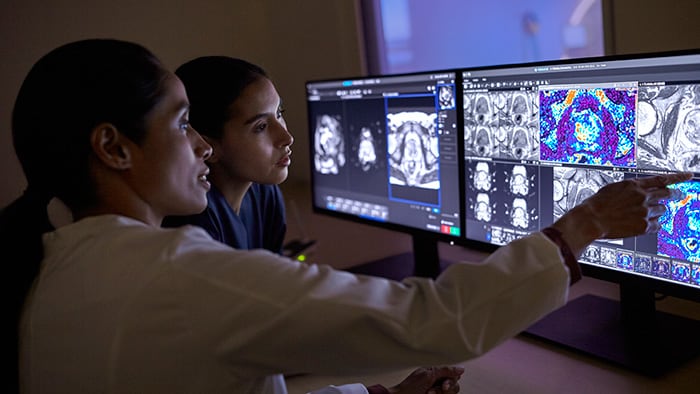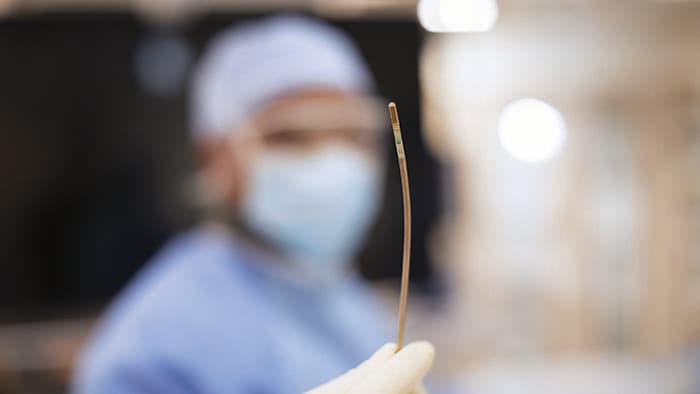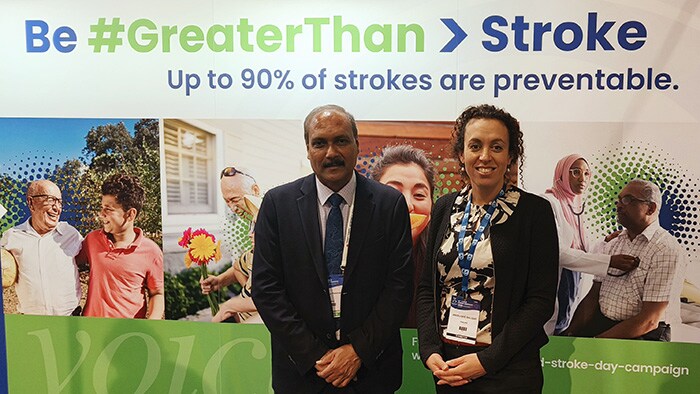Due to COVID-19, this year’s Radiological Society of North America (RSNA) Annual Meeting is a virtual event. Still, for Werner Satter, General Manager of Healthcare Experience Solutions at Philips, it opens up new opportunities to demonstrate what Philips Ambient Experience radiology solutions are capable of. In this interview, he talks about what Ambient Experience is and how it can help hospitals deliver on the Quadruple Aim of healthcare - better outcomes, improved patient and staff experiences, and lower cost of care.
What exactly is Philips Ambient Experience in radiology?
Ambient Experience applies human-focused innovation and design thinking to improve patient outcomes by reducing the stress and anxiety many patients feel when undergoing a radiology exam. What our Ambient Experience solutions do is tap into the power of the mind to help overcome those perfectly natural feelings, and there are many different ways you can do that. When patients come for a radiology exam, they are often in the ‘fight or flight’ response condition we all experience when faced with something threatening. When you add in the anxiety associated with getting a potentially life-changing diagnosis, it’s easy to see why they can flip into the flight response. So one way of helping them cope during their exam is to remove triggers that could cause that flip. For example, decluttering examination rooms so the technology is less intimidating, rounding off the room’s corners to create a feeling of a larger space, or using mirrors and projected images to divert the feeling of claustrophobia patients often feel when they enter the bore of an MRI scanner.
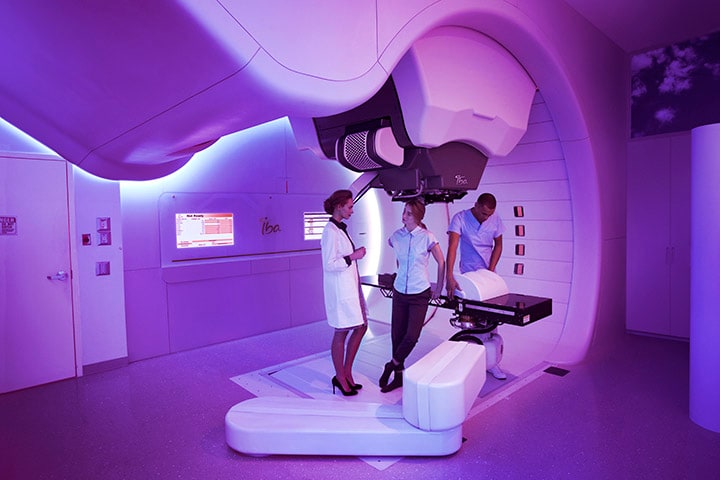
Another way of applying positive distraction techniques is by giving them a feeling of some control, such as getting the patient to choose from a selection of themed lighting, video, and sound they can look at and listen to during their scan. And thirdly, we can keep the patient reassured by providing them with easily interpreted information about the progress of their scan and the things they need to do during it, such as when and for how long they need to hold their breath. Together, all these things create a much more pleasant environment that helps to remove some of the fear and, at the same time, reduce the patient’s anxiety. And we don’t just do it for radiology areas only, but for multiple clinical areas. And we even have Ambient Experience solutions for waiting areas, staff areas, and corridors to create a more inviting environment for patients to be in.
Does Ambient Experience also help clinically?
Yes, it does. For example, a recent study on the impact of the patient on MRI efficiency found that 28% of patients undergoing an MRI scan were anxious. And in all cases where the patient moved during their scan, around 74% of the scans suffered in terms of image quality, with 70% of those being so bad that the results could not be used [1]. So reducing patient anxiety, which caused patient motion almost twice as often as pain or claustrophobia, can definitely lead to better imaging, which in turn leads to more precise diagnoses and better patient outcomes. Ambient Experience helps to calm patients and thereby improve image quality. We have seen its use resulting in as much as a 70% reduction in re-scans, which improves a radiology department’s clinical efficiency. We’ve also seen up to an 80% reduction in the need for sedation [1], which is the traditional way of dealing with anxious patients. So Ambient Experience also contributes to better use of staff resources and lower costs [1]. And there’s an additional benefit in terms of the staff experience because the psychological effect of calmer patients and a more pleasant working environment leads to lower stress levels in radiology department staff, as well as greater job satisfaction and better staff retention. So although it may not immediately look like a clinical solution, Ambient Experience does make a significant contribution to what we call the Quadruple Aim of healthcare – better patient outcomes, improved patient and staff experiences, and lower cost of care.
You’ve mentioned how Ambient Experience can affect a hospital’s bottom line, but how does it affect its top line?
If a hospital can achieve very high patient-satisfaction scores, patients will not only come back to it but will also promote it to their friends, family, and their referring physicians. Eventually, it becomes a differentiator, and as healthcare systems become more competitive, that can be a real advantage and help their long-term sustainability. The return on investment for Ambient Experience is typically only around two years, much shorter than most people think because it positively impacts so many different areas - patient satisfaction, clinical outcomes, cost reduction, and staff retention.
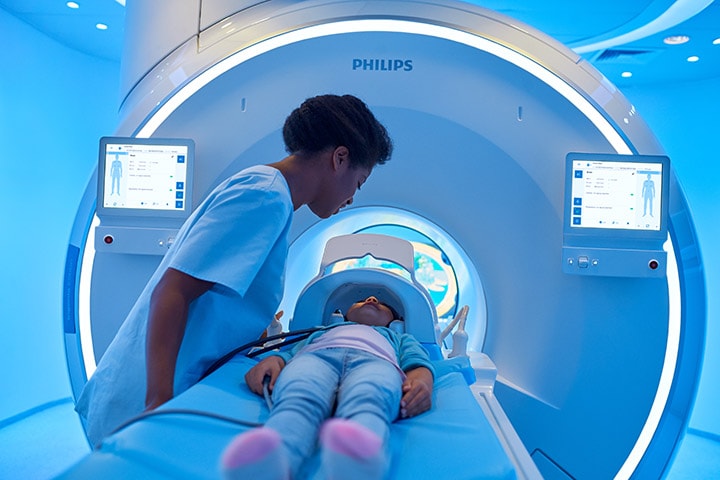
What is the most remarkable feedback you’ve received from patients or staff?
We are nearing our 2000th Ambient Experience installation worldwide, and the feedback we’ve received is overwhelmingly positive [1]. Some of the most rewarding being from pediatric hospitals where children themselves, as well as their parents and caregivers, have noted how well it works and how different it is from their previous experiences. And not only is Philips Ambient Experience relevant for children, we see very similar effects for teenagers, adults, and staff. After we installed an end-to-end Ambient Experience solution in the ’Noah’s Ark ’Children’s Hospital in Cardiff in the UK, 86% of the caregivers said they could work more effectively. So it is not only that they feel better about their work, but it is also a more effective environment to work in. However, there is also another fascinating observation, which, although we’ve seen it before, has become even more relevant during the COVID-19 pandemic. COVID-19 has not only increased fear and anxiety in patients; the enormous pressure it is putting on hospital staff is also raising their stress levels. We’ve seen a definite increase in the number of hospital staff seeking out Ambient Experience radiology rooms while not being occupied and using them as ‘‘chill ’out’ zones because the atmosphere is calming and relaxing.
This year’s RSNA is virtual, so will visitors be able to see Ambient Experience in action?
The virtual nature of this year’s RSNA means visitors will be able to see more of what Ambience Experience is capable of rather than less because we’ve built it into virtual demonstrations right across our imaging portfolio –. We can even let visitors select different themes virtually and get the full Ambient Experience with MR, CT, PET/CT, Diagnostic X-ray, and intervention rooms. Visit Philips Live at RSNA 2020 for more information on Philips Ambient Experience and Philips integrated workflow solutions to connect data, technology and people across the imaging enterprise, helping to redefine radiology workflow efficiencies. To view sessions and register or request a one-to-one meeting, click here. [1] Results from case studies are not predictive of results in other cases. Results in other cases may vary.
Share on social media
Topics
Contact

Joost Maltha
Philips Global Press Office Tel: +31 6 10 55 8116
You are about to visit a Philips global content page
Continue





